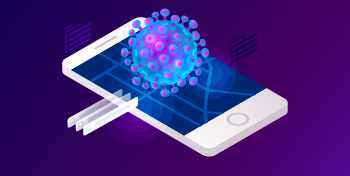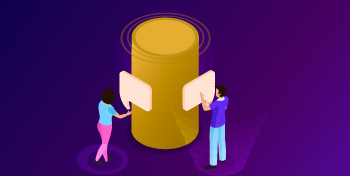Being surrounded by the world of technologies, we often hear about new solutions and developments for 3.0 economy, and for some time now, the word tokenization has become more common among enthusiasts and insiders.
What do tokens mean amidst present-day realities.
Tokens represent a digital representation not reproduced by a certain resource directed for certain usage. Due to the blockchain technology, these tokens can be sent from one digital wallet to another.
It should also be noted that blockchain represents a decentralized register that keep all of the transactions, from the first to the last one. FinTech in everyday life. Many of us have used such technology before even despite it was not digital at that time. Just remember the supermarket coupons that buyers get in order to exchange them for a prize or some bonus.
Digital assets represent the evolution of this old and out of date system, keeping the same characteristics as such coupons that cannot be copied or reproduces within their field of application. We saw that these tokens that act as a representation of some asset are used, for instance, for dividing or presenting a share of certain asset, especially when it comes to security tokens.
Imagine the precise amount of digital tokens where each token is a share of possession of the basic asset, and the total amount of all issues tokens corresponds with the joint ownership. Tokens as an investment Considering all the above mentioned, there are countless opportunities for tokenization, such as investment strategies: tokenization can be applied to pieces of art, cars, precious stones and other luxury goods.
This system enables even small investors that can not afford the whole asset to buy only a small part of it, e.g. a part of an asset representing some famous painting. Part of the purchased object will be represented by a token kept in digital wallet. Due to the special exchange platforms, the asset can be easily sold and bought by users all around the world. Here is one more interesting example of digital assets’ usage in the field of real estate: one can easily buy a certain part of property in any country of the world and get a part of the income coming from this property, depending on the token amount.
This process is automatically managed in a precise and transparent way with the help of smart contracts. So when a user wants to sell his investment, he would easily sell the asset and the part of ownership represented by this asset. Other investors would buy it at once, and the cost of the transaction would be just a few cents (this is a fee taken for sending assets from one wallet to another). Considering the simplicity and the high speed and taking into account potential users all over the world, the process will enable massive liquidity surge on all the global markets that impose tokenization. Thus, the world opens up for new technological developments and job opportunities, as long as there is a clear and appropriate regulation for the innovations’ implementation.


